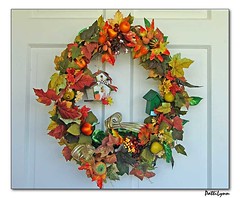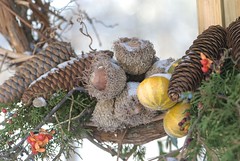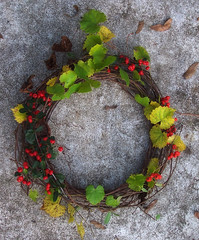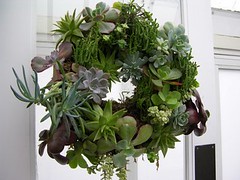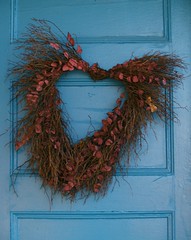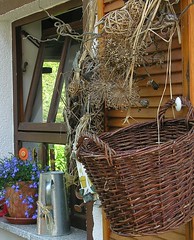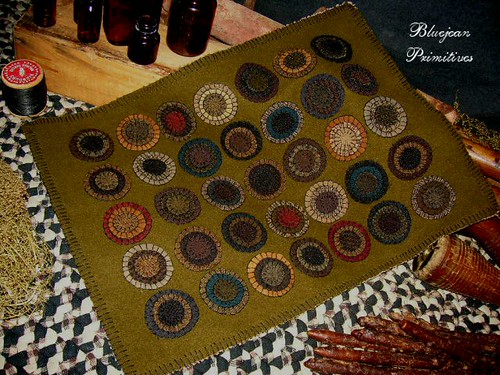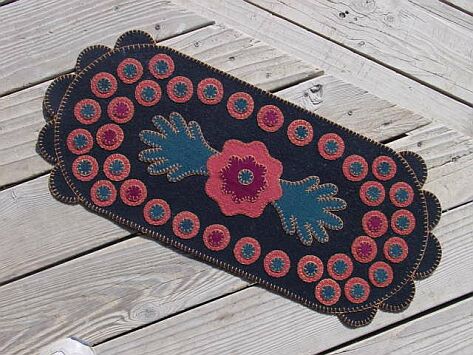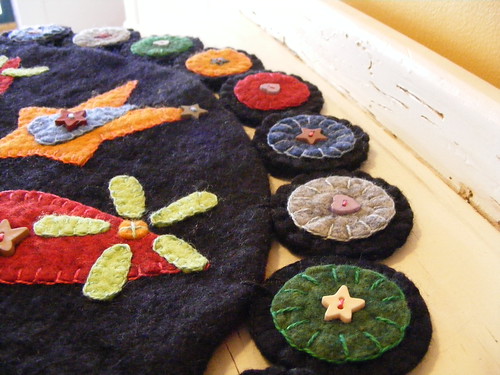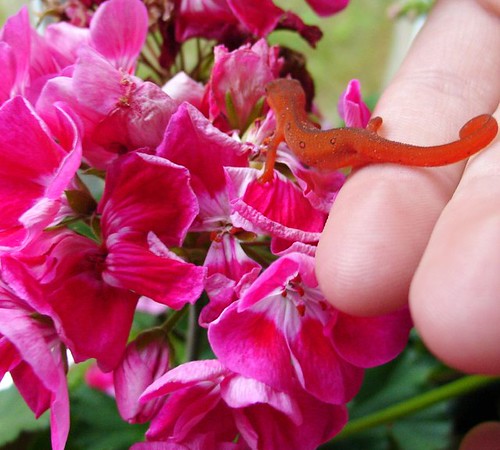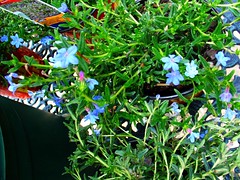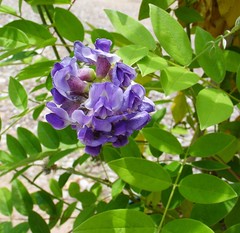“Let us get up early to the vineyards; let us see if the vine flourish, whether the tender grape appear, and the pomegranates bud forth: there will I give thee my loves.”
Song of Solomon 7:12
There is something so romantic about a vine that is dripping with clusters of ripe grapes! Sight, smell, taste, thought, texture… somehow, all of our senses become involved when we come in contact with this beautiful vine!
My husband & I were out for an evening walk through our little Victorian Village on a chilly Autumn evening, minding our own business, when suddenly… the amazing sweet fragrance of ripe concord grapes started wafting around our heads, almost as if they were tantalizing us to come & find them! Following the sweet fragrance (one that reminded me of those yummy peanut butter and jelly sandwiches on a hot summer afternoon), we finally came upon the vine. I’m almost sure that God blessed the grape vine with it’s heady fragrance, just so it could beckon passersby, such as ourselves, to come & enjoy it’s splendor!
Words can’t describe the beauty of the leaves, that were now dressed in their Autumn finest. Deep reds, chocolate brown, purple, and orange are just a few shades of the colorful mix. Nor can they describe the beauty of the vine itself, twisting and turning, and winding around everything in it’s path, seemingly taking ownership of everything this side of the garden. The brown splintered bark and corkscrew shaped tendrils, were reminiscent of the beautiful wreath that hangs in my cottage welcoming our guests. But sweetest of all, were the clusters of deep purple grapes that seemed to be layered at every twist and turn of the vine.
There’s nothing quite so romantic as a cottage garden path covered in vines that are dripping with grapes to welcome every guest into your home. And, contrary to what you might think, these precious vines are very easy to grow!
Here’s a way that you can have your own vines to dress your garden free of charge!
Perhaps you have a friend, or friendly neighbor, that will allow you to use this method with their vines this fall. If not, you could put out a request on one of your favorite lists such as; craigslist.com, gardenweb.com, freecycle.org, etc. I’m sure that you will be able to find a willing gardening partner!
Start a new grape vine from an old one
In late autumn (you can usually tell the right time, because it is no longer necessary to mow the grass), take a section of a grape vine & bend it down so it can touch the ground. With a fork or other small gardening tool, lightly rake up the soil a bit to make sure that the vine will be able to root properly. Holding the vine down to the ground, brush some of the soil on top of the vine. Then, use a small stone or branch to hold the vine in place. Be sure not to use something heavy enough to smash the vine, but just heavy enough to keep it from becoming dislodged. For now, that’s all you need to do. Then, come early spring, clip the section of vine from where it is attached to the main branch. Now, all that’s left to do is… plant your new grape vine in your cottage garden. You can continue to use this multiplying technique using your new plant, and in a few years, you could have a whole vineyard!
* To make more than one plant at a time, simply bend a longer section of vine down to the ground, weight it down to the soil in several places. Then, cut each section apart in the spring.
Now… it’s time for you to go out, take a walk, and have the sweet fragrance of the vine come and find you 😉



